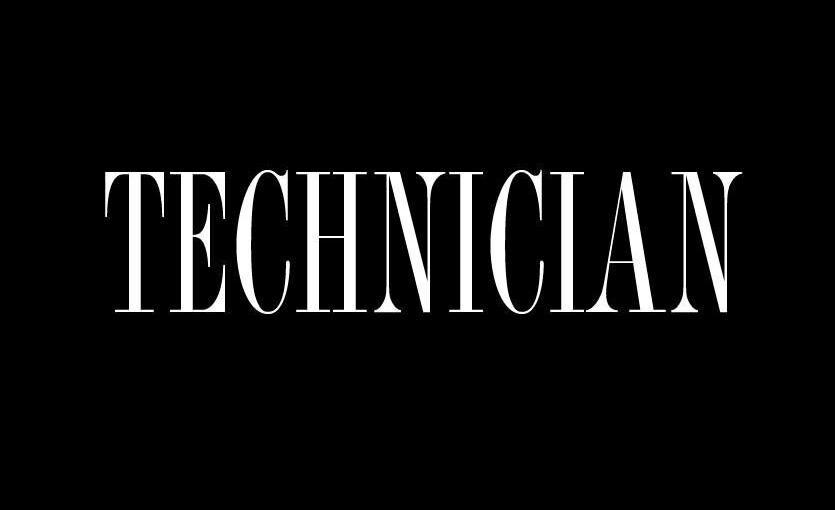In the classroom of Rupert Nacoste, professor of psychology, students learn about interpersonal relationships and race, discuss personal stories of racial encounters and in this case, kick-start an on-campus campaign for change: Wake Up! It’s Serious.
One of many clubs and organizations on campus, the Wake Up! It’s Serious campaign is fairly new. The campaign itself was derived from an idea shared by a few of Nacoste’s students to raise awareness and shed light on continuing racial intolerance.
“The campaign stands for change,” Natalia Ospina, a sophomore in psychology, said. “[It’s] all about passion and speaking up to intolerance.”
The momentum gathered by a series of eye-opening events and the Union Activities Board’s presentation of racial diversity during this year’s Wolfpack Welcome Week led to the creation of the campaign.
Since a paper noose was found hanging inside a University building in 2007, tensions were on the rise as students interpreted it as a sign of racial intolerance.
Sentiments continued to run high when racist graffiti in the Free Expression Tunnel was spotted in November 2010. Students responded to the message with strong reactions and ultimately, the Wake Up! It’s Serious campaign came to life.
Angered, but inspired by these events, Nacoste’s classroom became an idea tank for impassioned students who wanted to do more with the idea of diversity.
“We’re a unified group of passionate students on campus,” Taylor Elkins, a junior in psychology, said.
Students from the campaign’s original group shared their own stories behind their intolerance of racism in the classroom. Some were personal experiences where they were the victims of racial slurs, while others were witnesses of racism.
After these stories were shared, Nacoste agreed to be the faculty adviser for the campaign.
“I saw a real energy and passion from my whole class,” Nacoste said. “I asked them, ‘Do you want to keep this going?'”
When it was clear the students wanted to continue the discussions, Nacoste chose a small number of students to plan the campaign. Its goal is to teach the public to speak out when they see racism in their everyday lives.
So far, the idea burns brightly in the students’ minds, but the logistics of kick-starting the program prove to be a challenge.
“We are moving strategically,” Nacoste said. “We’ll go into classrooms and touch different parts of campus.”
Over the years, racism and bigotry have made their mark on campus. Seen in classroom interactions, hidden in conversations or brazenly painted on the walls of the Free Express Tunnel, it has sparked the attention of this small group of students familiar with the pains of racial prejudice.
As these individuals have been reminded of discrimination time and time again, they wish to send out a wake-up call across the University. Their ultimate message proclaims that dealing with racial intolerance includes everybody.
As Mario Terry, a junior in psychology, put it, “I interpret silence as passiveness.”




